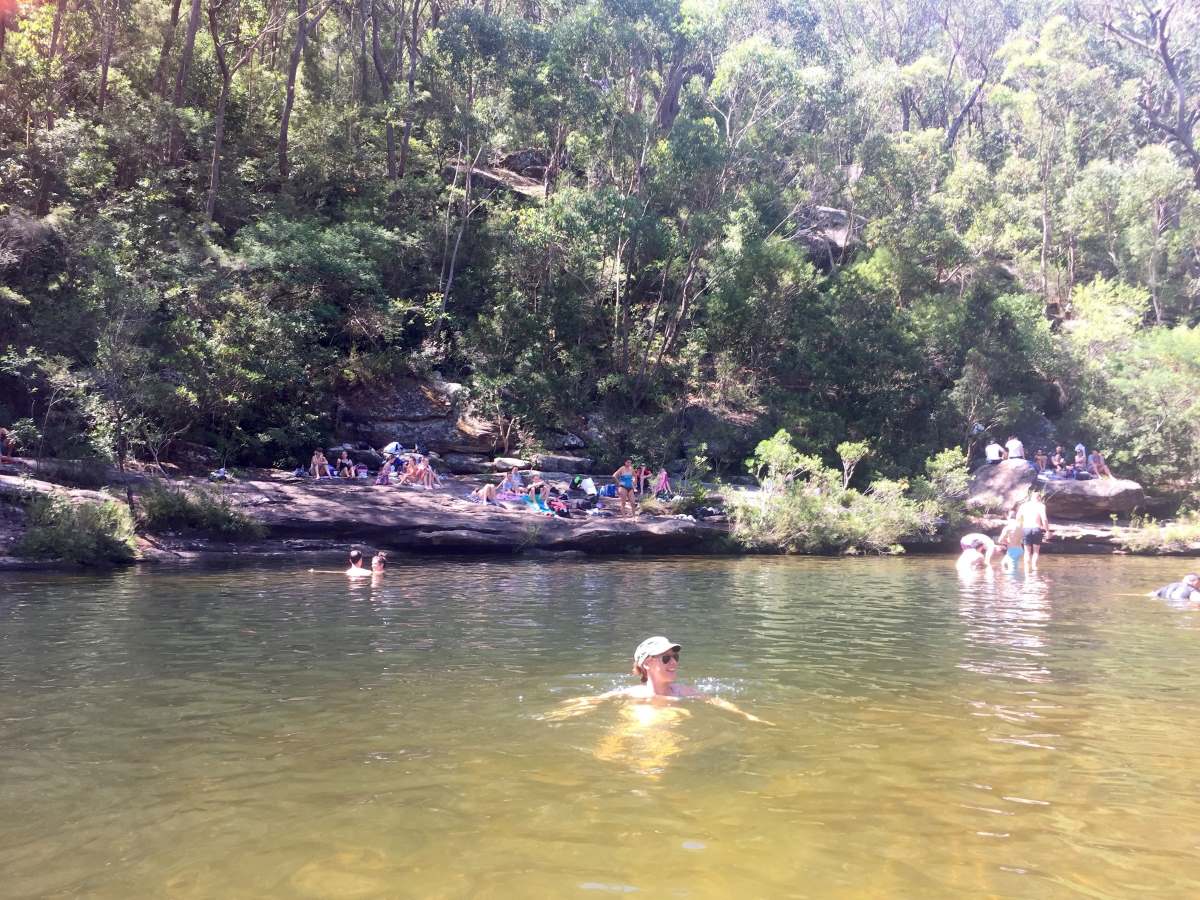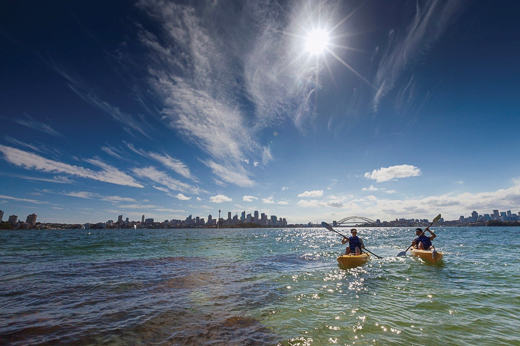Review of the NSW Water Quality Objectives
 Reviewing the NSW Water Quality Objectives so they support current community values like swimming. Photo credit: Natasha Webb/DPE
Reviewing the NSW Water Quality Objectives so they support current community values like swimming. Photo credit: Natasha Webb/DPE
Overview
Why is this project important?
The people of NSW are passionate about our coastal waterways, estuaries, coastal lakes and wetlands.
Our coastal waterways have significant recreational values (swimming, boating, fishing and walking) as well as supporting industries such as fishing agriculture and tourism.
They also play a valuable role in preserving our coastal ecology.
The NSW Water Quality Objectives (WQO) are the long-term goals set for coastal waterways.
They are based on the benefits and services provided by healthy waterways that the community values.
We are updating the Water Quality Objectives across all coastal catchments in NSW to ensure they reflect current community values and uses of waterways.
There are ten NSW Water Quality Objectives (WQO), they are:
Each Water Quality Objective has three elements, as detailed in the table below.
The first element is what the community values about the waterway, or how the community uses the waterway (e.g. whole body contact for swimming).
The second element includes the indicators used to test if the water quality is appropriate for the community’s value or use (e.g. bacteria levels in the water).
The third contains the guideline values, which can be numerical or descriptive criteria that set the necessary quality of water to support an environmental value, for each of the indicators, which allows people testing the water quality to see if each indicator is within the appropriate range for the community’s value or use.
In the example this is the allowable concentration of intestinal enterococci in the water suitable for swimming.
Example:
| 1. Community values and uses | 2. Indicator | 3. Guideline values |
|---|---|---|
An example of a community use would be whole-body contact (such as swimming) represented by this icon: | For example, the concentration of microorganisms (such as bacteria, protozoa and algae) in the water is the indicator used to determine if whole-body contact with the water is recommended. | For example, intestinal enterococci concentrations in the water (measured as cfu/100mL) need to be within the 95th percentile for acceptable concentrations, to allow activities where the whole body comes into contact with the water. |
The NSW Water Quality Objectives should be used to guide decisions about how the state’s coastal catchments are managed. This ensures that the community values, uses and aspirations for the waterways are considered in management decisions.
Updating the NSW Water Quality Objectives
We are updating the coastal NSW Water Quality Objectives, which were first introduced in 1999. We have done this in line with the requirements of the National Water Quality Management Strategy
Updating the NSW Water Quality Objectives includes:
- Updating the community values and uses
- Applied a set of Water Quality Objectives to each NSW coastal catchment.
- Nominated reference sites for catchments and developed guideline values for the Protection of Aquatic Ecosystems objective, where data is available.
What have we achieved so far?
We have consulted extensively with communities and local governments to better understand how people value and use their local waterways in coastal NSW.
This consultation involved a social media campaign, a statewide survey, paid panel discussions, and targeted workshops.
We are now in the final stages of gathering data from planning documents and land use and licencing maps to identify designated uses of waterways.
For example, where waterways are used for drinking water, irrigation and aquaculture.
The updated NSW Water Quality Objectives will be released in draft form to the broader community before publication. We will be sharing:
- A spatial viewer displaying:
- NSW coastal catchment boundaries with their assigned Water Quality Objectives
- the community values and uses spatial layer.
- A document displaying a map of each NSW coastal catchment and its Water Quality Objectives
- A document explaining the methods we used to apply the Water Quality Objectives to coastal catchments, how we derived the guideline values (or numerical criteria) for the protection of aquatic ecosystems, and how we updated the coastal catchment boundaries.
Lead agency
NSW Department of Climate Change, Energy, the Environment and Water (NSW DCCEEW)
Partners
We are working with:
- DPI-Fisheries; EPA (Environmental Protection Authority)
- Department of Planning, Housing and Infrastructure - Planning
- NSW Department of Climate Change, Energy, the Environment and Water - Water group
- NSW Department of Climate Change, Energy, the Environment and Water
- Local Land Services
- Office of Local Government
- WaterNSW
Along with consulting local governments and communities in coastal NSW to complete this project.
More information
Visit the NSW Department of Planning and Environment (DPE) Environment and Heritage Group's web page for more information about protecting and managing water quality and the public consultation page.
